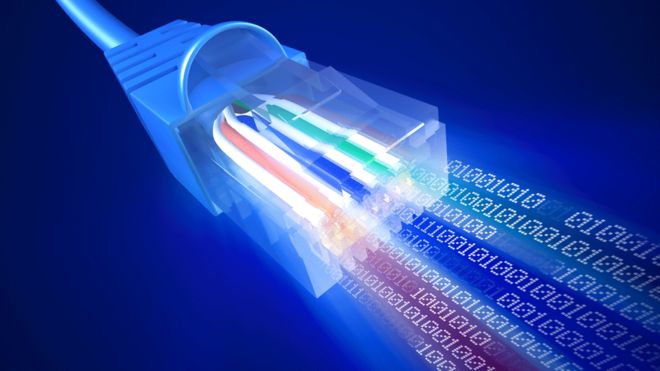
Broadband communication, broadband networking and broadband internet service all make use of the same technology of transferring data through the use of coaxial phone cables in every possible direction at a speed that is comparatively better than the best. Broadband communications is one of the most influential advanced technologies that enable a user to send huge loads of data over the internet through phone lines simultaneously in any desired location. For example, Television cables that we use in our houses makes use of broadband communication to receive data from different sources (channels) transmitting and displaying it on a single TV screen. You can compare broadband connections and opt for the one that matches the speed requirement you need.
Every Typical broadband communication system makes use of the following:
- ATM (Asynchronous Transfer Mode)
- T carriers and Leased Lines
- Cable Data Networks (CATV)
- Frame Relay
- Wireless Communications
- Leased lines
Different Types Of Broadband Connections
Broadband is simply referred to an access to high speed-internet that is comparatively faster than the dial-ups. The different types of available broadband connections are:
- Cable modem- the type of broadband connection that is used by different cable operators to transfer data to your TV through the use of coaxial data cables.
- Satellite- satellites orbiting the earth are just another form of wireless broadband connection technology.

- Fiber- fiber optics makes use of transparent fiber glass that receives data in the form of light after being converted from the form of electrical signals. The fiber optics provides speed much greater than the DSL.
- Digital Subscriber Line (DSL)- digital subscriber line are believed to use faster means of data transmission using cooper telephone lines that are pre- installed in your homes or offices. These are of two types:
- Symmetrical Digital Subscriber Line (SDSL)
- Asymmetrical Digital Subscriber Line (ADSL)
- Wireless—Wireless broadband connections makes use of radio link to connect home or office to the internet available between the location of the user and the location of the service provider.
To compare broadband connections that are available you need to know about the type of cables tit use and speed it provides for data transmission. Different types of broadband connections have different data transferring speed depending upon the purpose they are required for. Broadband connection has made data transferring much more easily, something that was impossible to even imagine a couple of decades before.







